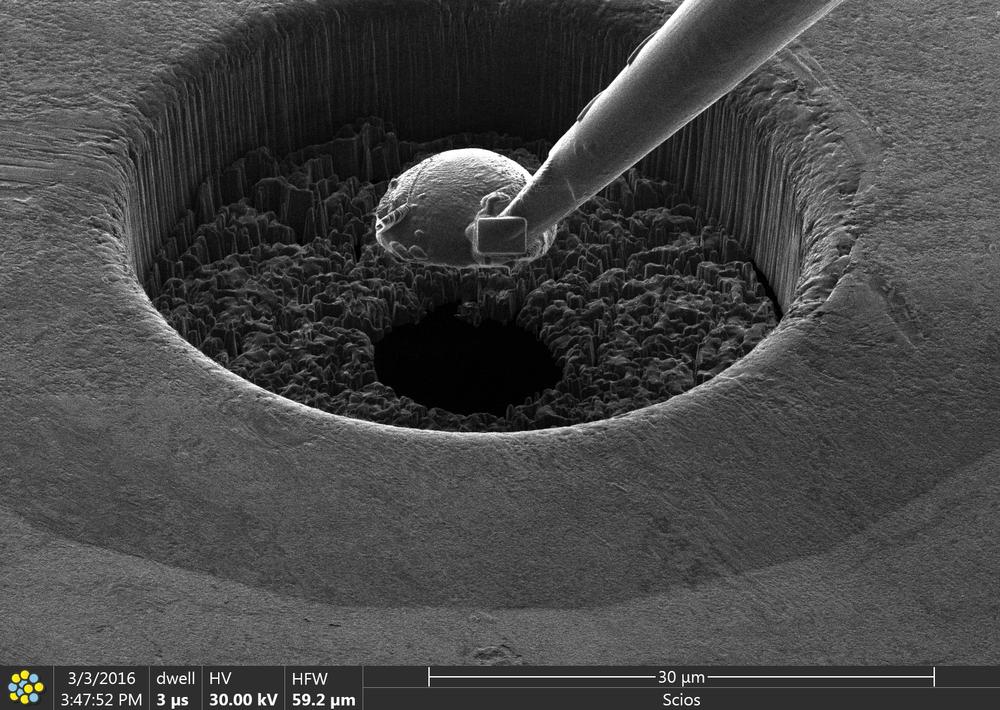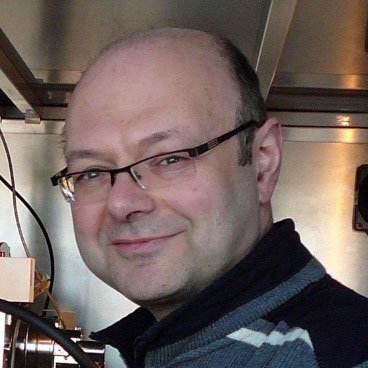
Fuel for Rockets to Mars
How research teams use X-rays to develop new materials
Since 2010, PETRA III has attracted researchers from all over the world to DESY in Hamburg. Anyone wishing to look deep into the nanoscale, whether in materials science, biotechnology, medical research, or energy and Earth system studies, relies on this high-resolution X-ray microscope.
German universities are among the most active users of PETRA III. In the past five years alone, more than 3,300 teams from 73 universities have conducted experiments there.

One such team is led by Natalia Dubrovinskaia and Leonid Dubrovinsky, a couple of scientists from the Bavarian Geoinstitute at the University of Bayreuth. Their group has developed a unique experimental setup installed at PETRA III’s “Extreme Conditions” beamline.
Their goal is to search for entirely new materials created under extreme pressure and temperature conditions.
Using a high-pressure chamber, diamond anvil cells and laser pulses, the researchers subject material samples to pressures of several million atmospheres and temperatures of several thousand degrees Celsius while simultaneously illuminating them with PETRA III’s highly intense, focused X-ray light.

By analysing the scattering pattern of the X-rays diffracted by the crystals, the scientists can determine the material's exact structure. And not only that: 'We can also analyse the chemical composition of the new materials,' says Natalia Dubrovinskaia.
Such experiments aim to discover high-energy materials that could improve propulsion systems in space travel, for example, by releasing more energy per volume than conventional fuels.

However, the researchers must also find ways to stabilise materials formed under such extreme conditions so that they remain usable under normal environmental conditions. In order to achieve this, they must have a precise understanding of their structure and behaviour under changing conditions.
One example is polyhydrides, which are compounds consisting of metals and hydrogen that contain unusually high concentrations of hydrogen and can become superconducting under extreme conditions. Another example is polynitrides, which consist of nitrogen atoms linked together by single bonds. Both types of substance can store large amounts of energy and release it rapidly when required, for example by increasing pressure or temperature, or through a chemical reaction with another gas.
The Bayreuth team has already found several stable room-temperature, normal-pressure polynitride compounds. These substances show great potential:
'Anyone looking for fuels for a journey to Mars should take a closer look at polynitride compounds,'

PETRA III has already made significant advances in the search for new materials. However,
PETRA IV promises to take this even further.
“PETRA III greatly supports our research. At the same time, the need for increasingly sophisticated technical equipment is growing in order to further advance materials science,” says Leonid Dubrovinsky.
'By using the most modern technology, we expect to gain exciting new insights into high-pressure crystallography and materials research.'

Scientific information
- https://www.nature.com/articles/s41467-024-46313-9
- https://onlinelibrary.wiley.com/doi/10.1002/anie.202207469

